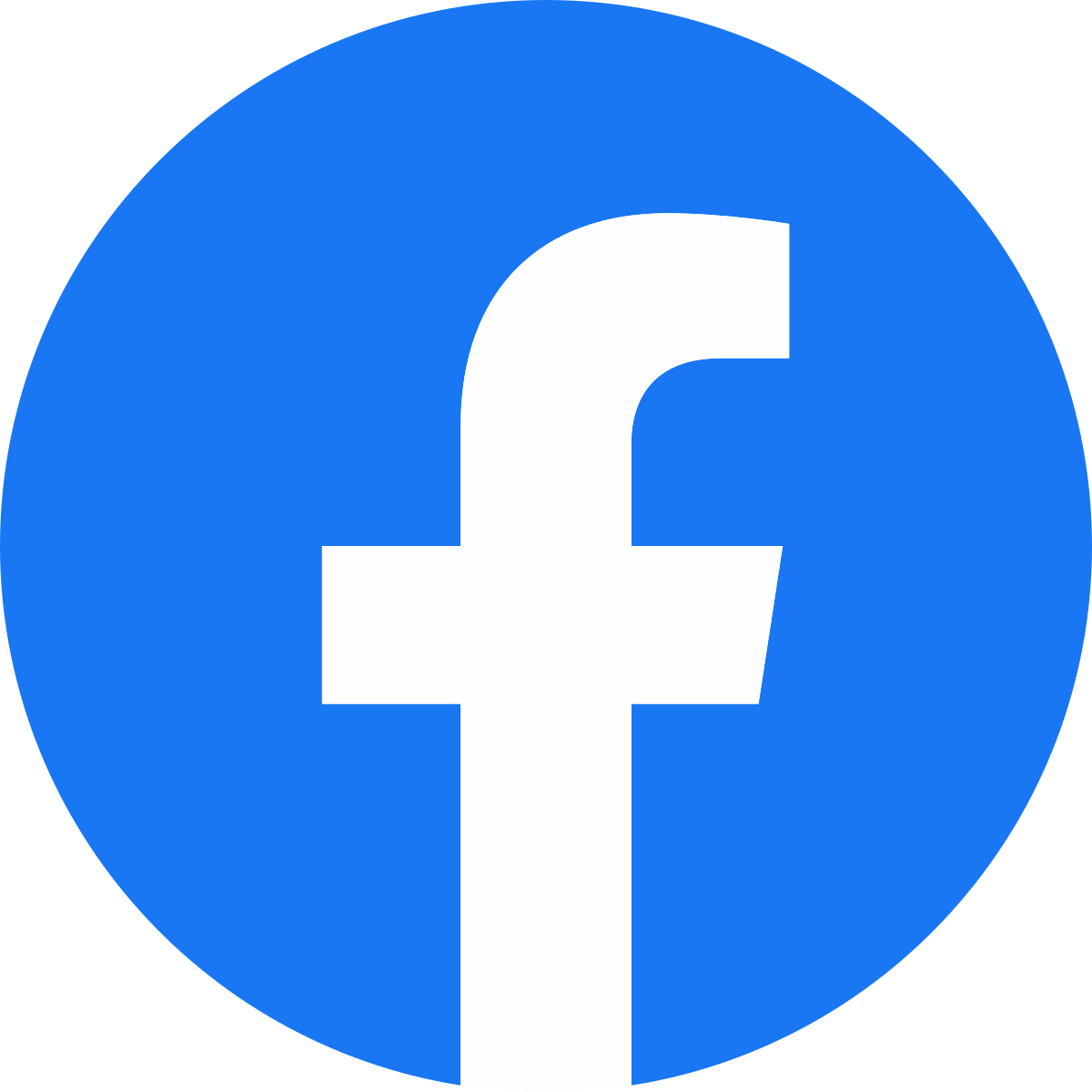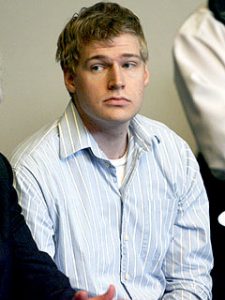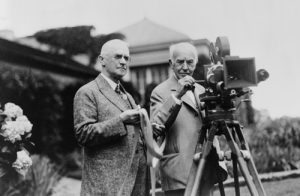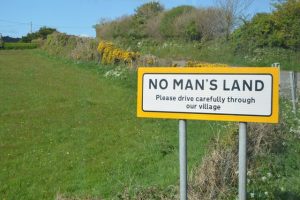
FaceMash, Facebook’s predecessor, went live in 2003.
Developed by Mark Zuckerberg, he wrote the software for the Facemash website when he was in his second year of college. The website was set up as a type of “hot or not” game for Harvard students. The website allowed visitors to compare two female student pictures side-by-side and let them decide who was hot or not.
While writing the software, Mark Zuckerberg wrote the following blog entries:
— 2:49 pm
I’m a little intoxicated, not gonna lie. So what if it’s not even 10 pm and it’s a Tuesday night? What? The Kirkland dormitory facebook is open on my desktop and some of these people have pretty horrendiedous facebook pics. I almost want to put some of these faces next to pictures of some farm animals and have people vote on which is more attractive.
— 11:10 am
Yea, it’s on. I’m not exactly sure how the farm animals are going to fit into this whole thing (you can’t really ever be sure with farm animals …), but I like the idea of comparing two people together.
According to The Harvard Crimson, Facemash used “photos compiled from the online facebooks of nine Houses, placing two next to each other at a time and asking users to choose the “hotter” person”. Facemash attracted 450 visitors and 22,000 photo-views in its first four hours online.
The site was quickly forwarded to several campus group list-servers, but was shut down a few days later by the Harvard administration. Zuckerberg faced expulsion and was charged by the administration with breach of security, violating copyrights, and violating individual privacy. Ultimately, the charges were dropped. Zuckerberg expanded on this initial project that semester by creating a social study tool ahead of an art history final exam. He uploaded all art images to a website, each of which was featured with a corresponding comments section, then shared the site with his classmates, and people started sharing notes.
On October 25, 2010, entrepreneur and banker Rahul Jain auctioned off FaceMash.com to an unknown buyer for $30,201.
A “face book” is a student directory featuring photos and basic information. In 2003, there were no universal online facebooks at Harvard, with only paper sheets distributed and private online directories. Zuckerberg told the Crimson that “Everyone’s been talking a lot about a universal face book within Harvard. … I think it’s kind of silly that it would take the University a couple of years to get around to it. I can do it better than they can, and I can do it in a week.” In January 2004, Zuckerberg began writing code for a new website, known as “TheFacebook”, with the inspiration coming from an editorial in the Crimson about Facemash, stating that “It is clear that the technology needed to create a centralised Website is readily available … the benefits are many.” Zuckerberg met with Harvard student Eduardo Saverin, and each of them agreed to invest $1,000 in the site. On February 4, 2004, Zuckerberg launched it under the name of “TheFacebook”, originally located at thefacebook.com.
Zuckerberg also stated his intention to create a universal website that can connect people around the university. According to his roommate, Dustin Moskovitz, “When Mark finished the site, he told a couple of friends … then one of them suggested putting it on the Kirkland House online mailing list, which was … three hundred people.” Moskovitz continued to say that, “By the end of the night, we were … actively watching the registration process. Within twenty-four hours, we had somewhere between twelve hundred and fifteen hundred registrants.”
Just six days after the launch of the site, three Harvard University seniors, Cameron Winklevoss, Tyler Winklevoss, and Divya Narendra, accused Zuckerberg of intentionally misleading them into believing that he would help them build a social network called HarvardConnection.com, but instead using their idea to build a competing product. The three complained to the Crimson, and the newspaper began an investigation. Zuckerberg knew about the investigation so he used TheFacebook.com to find members in the site who identified themselves as members of the Crimson. He examined a history of failed logins to see if any of the Crimson members have ever entered an incorrect password into TheFacebook.com. In the cases in which they had failed to log in, Zuckerberg tried to use them to access the Crimson members’ Harvard email accounts, and he was successful in accessing two of them. In the end, three Crimson members filed a lawsuit against Zuckerberg which was later settled.
Membership was initially restricted to students of Harvard University. Within the first month, more than half the undergraduate population at Harvard was registered on the service. Zuckerberg was joined in the promotion of the site by Saverin (business aspects), Dustin Moskovitz (programmer), Andrew McCollum (graphic artist), and Chris Hughes. In March 2004, Facebook expanded to Stanford, Columbia, and Yale. This expansion continued when it opened to all Ivy League and Boston-area schools. It gradually reached most universities in the United States and Canada. Facebook was incorporated in the summer of 2004, and the entrepreneur Sean Parker, who had been informally advising Zuckerberg, became the company’s president. In June 2004, Facebook moved its base of operations to Palo Alto, California. The company dropped ‘The’ from its name after purchasing the domain name facebook.com in 2005 for $200,000.

By December 2005, Facebook had 6 million users.
On October 1, 2005, Facebook expanded to twenty-one universities in the United Kingdom and others around the world. Facebook launched a high school version in September 2005, which Zuckerberg called the next logical step. At that time, high school networks required an invitation to join. Facebook later expanded membership eligibility to employees of several companies, including Apple Inc. and Microsoft. On December 11, 2005, universities in Australia and New Zealand were added to the Facebook network, bringing its size to 2,000+ colleges and 25,000 + high schools throughout the United States, Canada, Mexico, the United Kingdom, Australia, New Zealand, and Ireland. Facebook was then opened on September 26, 2006 to everyone aged 13 and older with a valid e-mail address.
Late in 2007, Facebook had 100,000 business pages, allowing companies to attract potential customers and tell about themselves. These started as group pages, but a new concept called company pages was planned.
In October 2008, Facebook announced that it would set up its international headquarters in Dublin, Ireland.
2010 came around, and Facebook began to invite users to become beta testers after passing a question-and-answer-based selection process, and a set of Facebook Engineering Puzzles where users would solve computational problems which gave them an opportunity to be hired by Facebook.
As of February 2011, Facebook had become the largest online photo host, being cited by Facebook application and online photo aggregator Pixable as expecting to have 100 billion photos by summer 2011. As of October 2011, over 350 million users accessed Facebook through their mobile phones, accounting for 33% of all Facebook traffic.
On March 12, 2012, Yahoo filed suit in a U.S. federal court against Facebook weeks before the scheduled Facebook initial public offering. In its court filing, Yahoo said that Facebook had infringed on ten of its patents covering advertising, privacy controls and social networking. Yahoo had threatened to sue Facebook a month before the filing, insisting that the social network license its patents. A spokesperson for Facebook issued a statement saying “We’re disappointed that Yahoo, a long-time business partner of Facebook and a company that has substantially benefited from its association with Facebook, has decided to resort to litigation”. The lawsuit claims that Yahoo’s patents cover basic social networking ideas such as customising website users’ experiences to their needs, adding that the patents cover ways of targeting ads to individual users. In 2012, Facebook App Centre, an online mobile store, was rolled out. The store initially had 500 Facebook apps which were mostly games.
Acquisitions timeline
In August 2009, Facebook acquired social media real-time news aggregator FriendFeed, a startup created by Gmail’s first engineer Paul Buchheit.
In February 2010, Facebook acquired Malaysian contact-importing startup Octazen Solutions. On April 2, 2010, Facebook announced acquisition of photo-sharing service called Divvyshot for an undisclosed amount. In June 2010, an online marketplace for trading private Facebook stock reflected a valuation of $11.5 billion.
On April 12, 2012, Facebook acquired photo sharing service Instagram for approximately $1 billion in cash and stock.
On March 8, 2013, Facebook announced that they acquired the team from Storylane, but not the product itself. On October 13, 2013, Facebook acquired Onavo, an Israeli analytics company, for approximately $120 million.
On February 19, 2014, Facebook announced its acquisition of WhatsApp Inc., a smartphone instant messaging application for $19 billion in a mix of stock and cash. The acquisition is the most ever paid for a venture-capital backed startup.
On March 25, 2014, Facebook announced they had acquired virtual reality startup Oculus VR for $2 billion in cash and stock.




